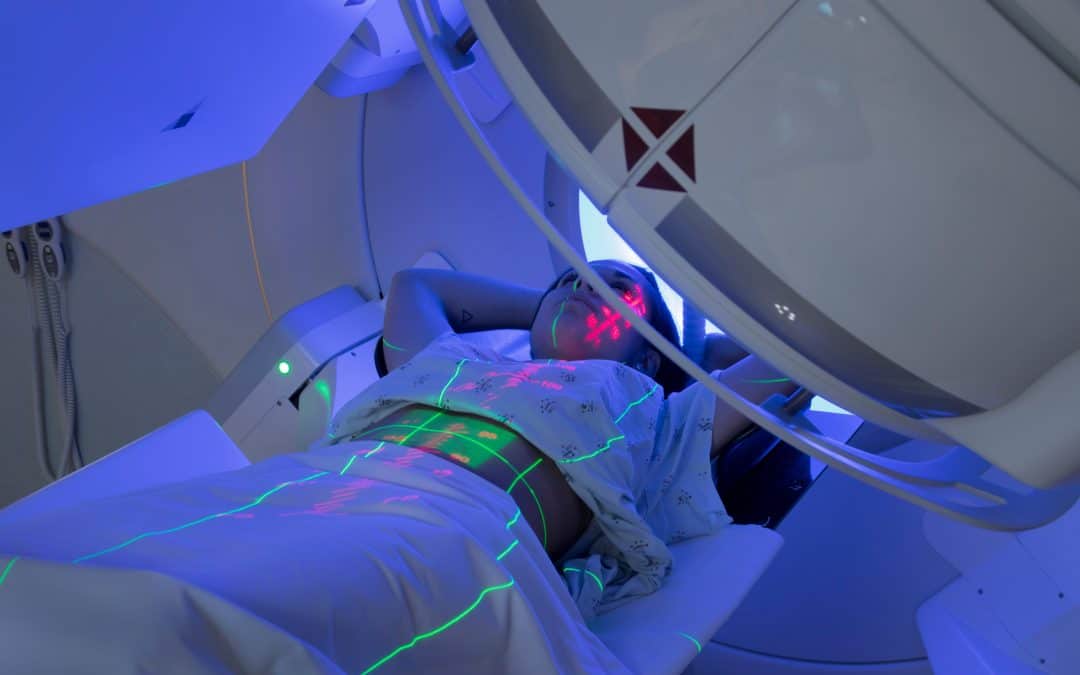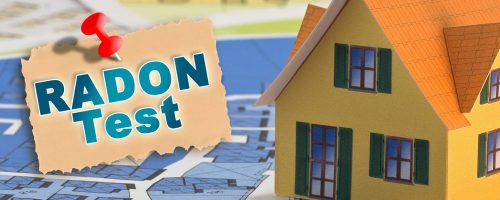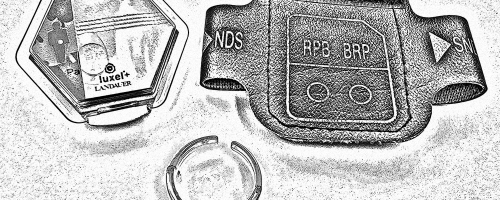X-ray emitting devices, radioactive materials and equipment that makes use of radioactive materials are surprisingly commonly used. In lulls in the covid pandemic, many of us have been tempted to see our carry-on luggage pass through an airport x-ray machine. One of the busiest areas of a modern hospital is the medical imaging department – and most of the images will be produced using x-rays. X-ray units are commonly used in quality control in industry in cases where it is essential to look for internal defects. Radioactive materials are used not only in Nuclear Medicine, but also in a plethora of industries. If your place of work is planning to do renovations to an existing building, don’t be surprised if a person with a highly radioactive source shows up one night to “x-ray” the floor or ceiling to see if the proposed path of renovation will cut through key components previously set into the concrete.
Okay, so x-rays and radioactive materials are common in workplaces – what does that imply for shielding design? Nothing – until you realize that there is a risk of harm from exposure to the types of radiation typical x-ray emitting devices and many useful radioactive materials emit. This type of radiation is called “ionizing” radiation – which basically means, this type of radiation, if it interacts with atoms, can rip off one or more electrons and form “ions”. No big deal – except – we are made of atoms and, if some of our atoms become ions, there can be a cascade of ill effects.
What ill effects? Well, cancer or genetic disorders are (less than delightful) possibilities.
Are these likely ill-effects? Well, no, not if you are exposed to low levels of ionizing radiation (spoiler alert: large variation in the natural background radiation we are all exposed to each day has not been shown to lead to significant ill-effects). Unfortunately, though, there is also the possibility of being exposed to higher levels of radiation. This can become a real safety issue both for people who work directly with x-ray emitting devices or radioactive materials and for people who routinely work in areas near where such devices and materials are used.
One of the best ways to keep people safe from radiation is to use “shielding”. Just like a knight’s shield (or, a bit more similarly, like a sun visor), the intent of shielding is to reduce the penetration of harmful materials – in this case radiation.
Radiation shielding calculations are methods that allow you to figure out what type and minimum thickness of material would be effective in reducing the amount of radiation reaching a potentially occupied location to below a “dose” limit of some kind. For some jurisdictions, these dose limits are explicitly written into legislation. For others, no explicit dose limit is stated, but legislation specifies that the company using radiation sources has a “duty of care” to keep workers “safe” according to national or international standards. On one occasion, when I was doing shielding calculations for a construction company working in a Middle Eastern country, neither of these applied – I was asked to propose a design dose limit, and this was then approved by what the company told me was the “responsible Sheik.” In retrospect, this system worked better than many I have encountered.
Regardless of how the design dose limit is defined, how do you decide on the shielding to specify? This is straightforward in theory, but you sometimes must dig up a lot of information to accomplish this in practice. Let’s consider the case where you have a radiation source on one side of a wall and an occupied space on the other side of the wall. My shielding material must go in the wall – what do I need to know to get started?
This is simple, but there are pitfalls to avoid. At minimum, you need to know:
(1) the distance from the radiation source to the occupied location,
(2) the height of the source above the floor and the height of the occupied location in the adjacent area,
(3) the maximum amount of time the source is “ON” per day, week, or year,
(4) what portion of the time when the source is “ON” that the location of interest is occupied by the person who most commonly occupies that location,
(5) are the people who occupy the location considered “members of the public” or some kind of designated “radiation workers”,
(6) what are the characteristics of the radiation emitted – how intense is the radiation hitting the wall, what is its energy and how effect will different types of shielding be with this radiation.
There are some excellent, public domain, resources that can help you calculate the shielding thicknesses required. For example, methods of shielding calculations for diagnostic x-ray facilities are described in Health Canada Safety Code 20A and Health Canada Safety Code 35. The Canadian Nuclear Safety Commission provides example shielding calculations applicable to many types of radioactive sources in in a guidance document called GD-52: Design Guide for Nuclear Substance Laboratories and Nuclear Medicine Rooms.
There can be “tricky bits” to radiation shielding calculations. While anybody with a reasonable grasp of simple mathematics who is comfortable reading distances off a scale drawing can come up with accurate shielding requirements for many situations, having a shielding designer with experience and expertise can be the better and cheaper way to go. It is not likely going to be the cost of a “shielding consultant” that will be your biggest expense in this situation – renovating an area to put up even thin lead shielding is likely to cost much more – making an error in the shielding that goes up is potentially a much greater expense. Putting in too thin shielding may result in high radiation dose to staff – resulting in all the risks of radiation – if you are not worried about cancer or birth defects, then please at least be concerned about regulatory risk and vulnerability to legal action. Putting in too thick shielding or shielding where none is required can be costly as well.
As an example of where experience helps, consider designing shielding for a Positron Emission Tomography (PET) centre. PET is a common medical diagnostic procedure, in which the radiation sources of most concern are the patients who have been administered radiopharmaceuticals. Almost invariably, when I have seen PET centre shielding designs drafted by inexperienced designers, one of the most heavily shielded locations is the “hot lab” where the technologists store radioactive materials and draw up materials to be administered to patients elsewhere in the facility. In fact, PET hot labs require little structural shielding (since thick local shielding around containers and the dose “draw-up station” is used). Inexperienced PET shielding designers also often forget to effectively plan for shielding of “hot patient” waiting areas and “hot patient” washrooms.
Radiation shielding is one of the three primary methods (the other two being increasing the distance from a source to an occupied location and reducing the time near a radiation source) that Health Physicists recommend using to keep radiation dose “As Low as Reasonably Achievable” (ALARA). While straightforward in theory, there is something to be said for contracting a qualified Health or Medical physicist or other individual with relevant shielding experience to work with you to make sure you meet those regulatory and “ALARA” goals.






